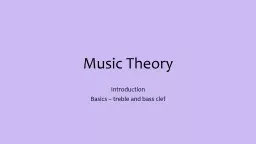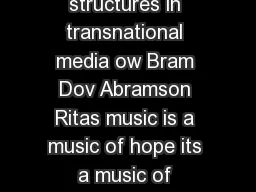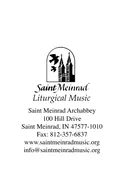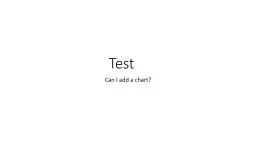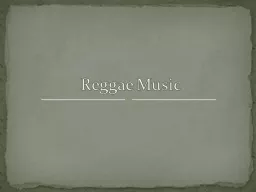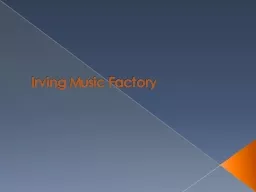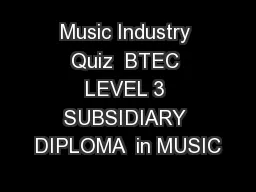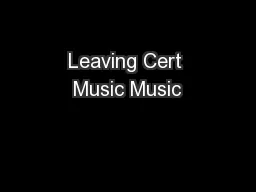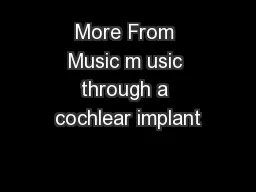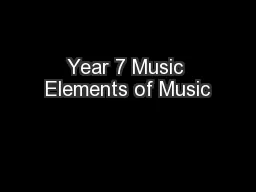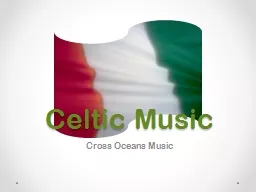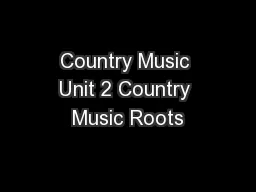PPT-Music Theory Introduction
Author : phoebe-click | Published Date : 2019-06-22
Basics treble and bass clef A note about taking notes I will post powerpoints on my website for study andor review You should STILL take notes during class You
Presentation Embed Code
Download Presentation
Download Presentation The PPT/PDF document "Music Theory Introduction" is the property of its rightful owner. Permission is granted to download and print the materials on this website for personal, non-commercial use only, and to display it on your personal computer provided you do not modify the materials and that you retain all copyright notices contained in the materials. By downloading content from our website, you accept the terms of this agreement.
Music Theory Introduction: Transcript
Download Rules Of Document
"Music Theory Introduction"The content belongs to its owner. You may download and print it for personal use, without modification, and keep all copyright notices. By downloading, you agree to these terms.
Related Documents

